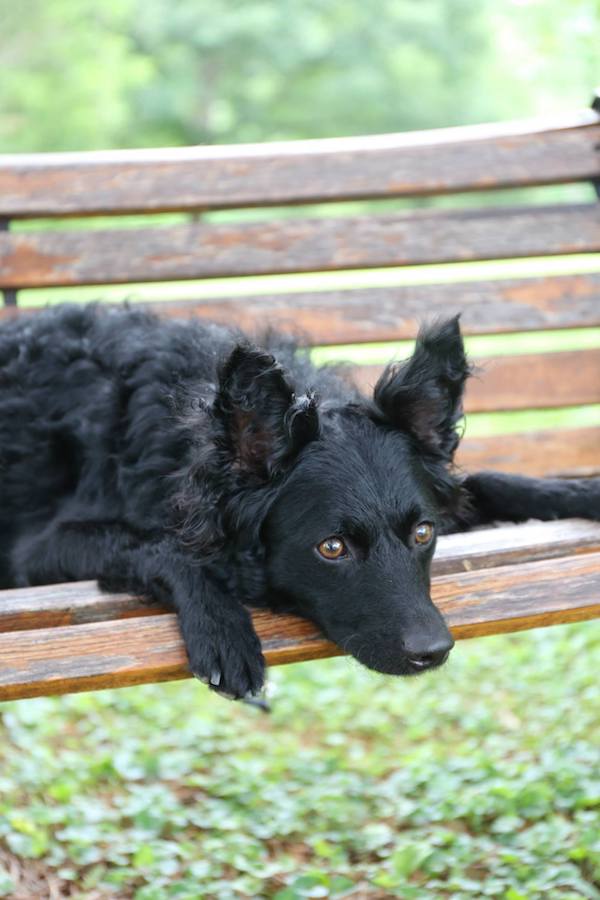
“Canis ovilis Fényesi” is the official Latin name for the Mudi, so named for Dr. Dezső Fényes who in 1936 determined that the Mudi was a unique breed. Director of the museum in Balassagyarmat, Fényes gave the breed its current name: “Mudi,” and was among the first breeders to get involved in breeding the “third” sheepdog, a breed initially overshadowed by the Puli and Pumi.
An exact date of origin will probably never be determined because records, if any were even kept by early shepherds, were most likely destroyed during the times Hungary was occupied or during World War II. The year, 1936, however, was by no means the first reference to a sheepdog fitting the description of a Mudi.
French naturalist, Georges-Louis Leclerc, Comte de Buffon, and leader of the Royal Botanic Garden mentioned the Mudi-like sheepdog in his ‘Histoire naturelle, générale et particulière’ work in 1773. About 100 years later, Ferenc Pethe touched upon the Mudi dog breed in, “Természethistória és mesterségtudomány” (or “History of Nature and Craft Science).
The paper trail continued with Lajos Méhely and Otto Herman who referred to the dog in 1902 and 1912, respectively. It wasn’t until Dr. Dezső Fényes, however, that the Mudi “came of age.” Several sources mention that Fényes may have come up with the breed’s name from Mihály Tóth’s counting shepherd named, “Mudi.”
The Mudi still actively herds in Hungary with shepherds and with flocks of up to 500 sheep.
Image of “Fekete” by Mona Eder from when the Mudi was featured as a Purebred of Interest on our Facebook page.

Thank you so much for this interesting information.
You’re so very welcome! Thank you for writing the kind words!